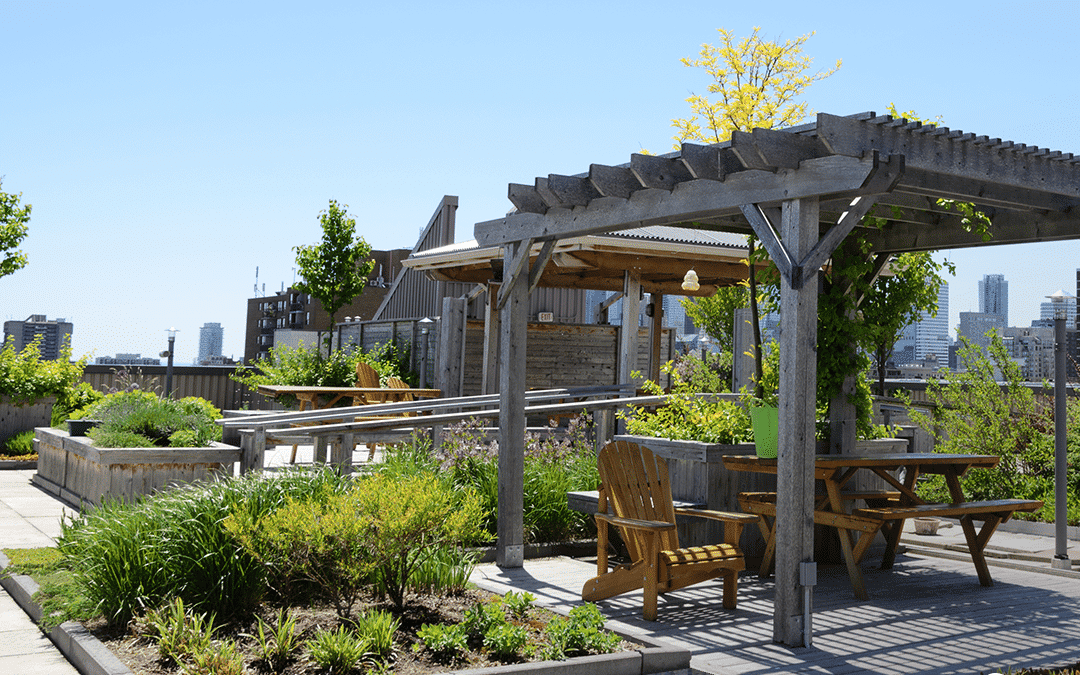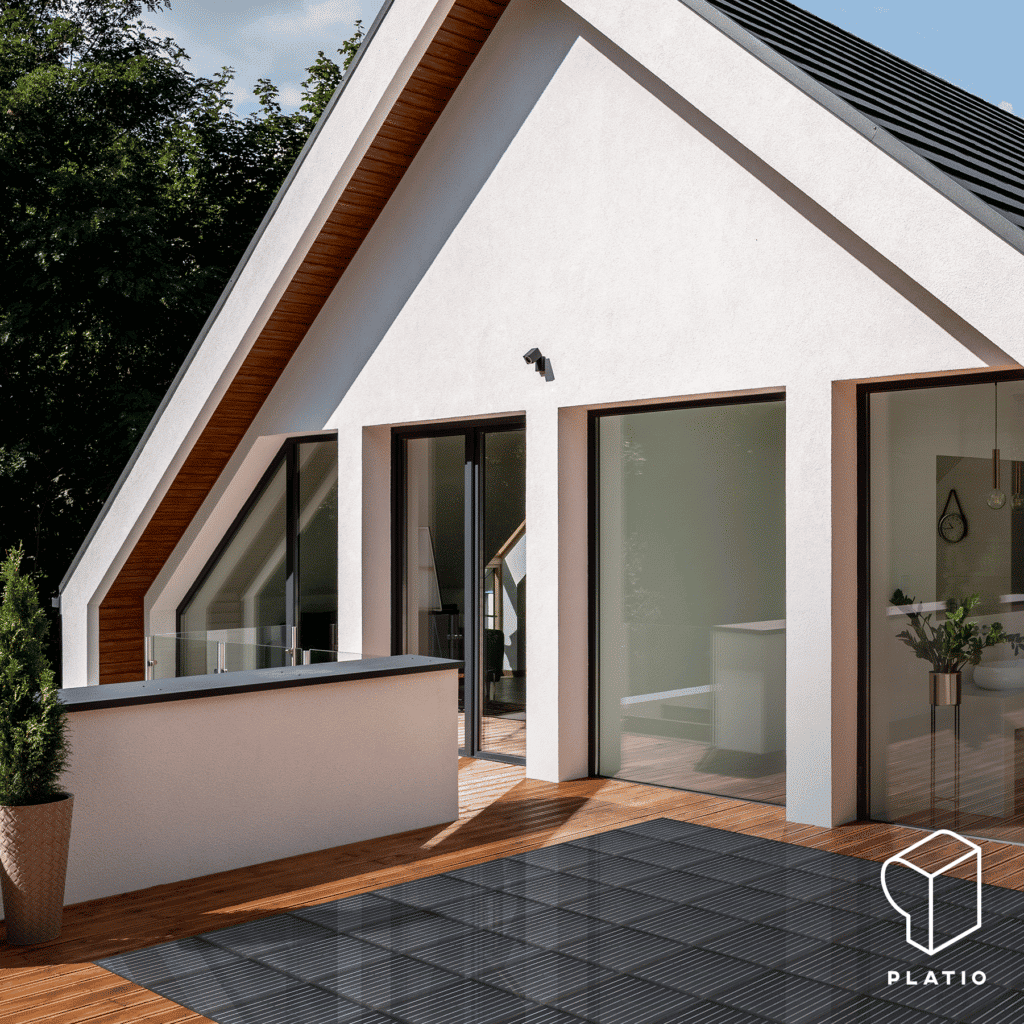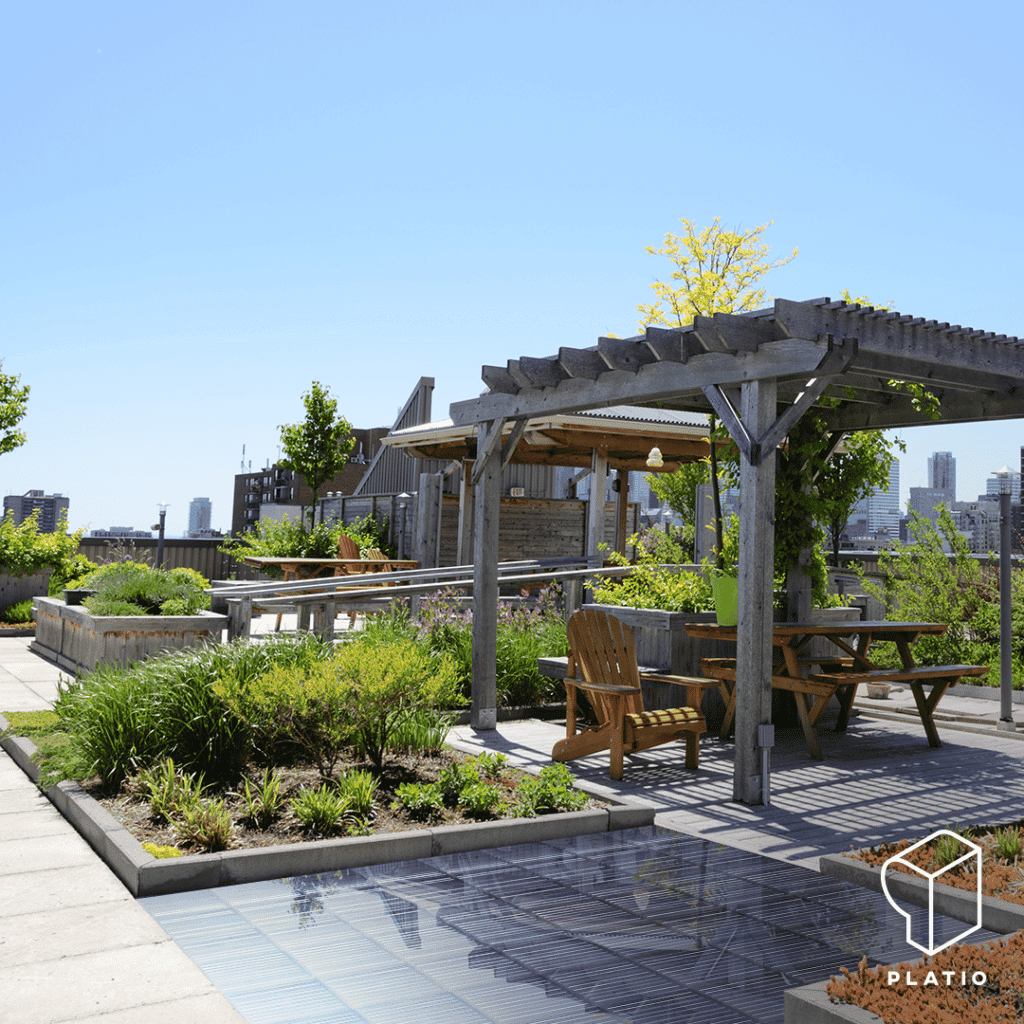The global climate change crisis has made sustainability a major issue in recent years, and terms such as carbon footprint, greenhouse effect, carbon neutrality, CO2 emissions, and even Net Zero Building have become part of our vocabulary. The last term may need some explanation, thus in this article we will explain what it actually means.

What is Net Zero and why is it important?
When we hear the term CO2 emissions, the first thing that usually comes to mind is smoky factories or the smoke from vehicles on the road, but the construction industry also plays a major role in polluting the environment. According to the World Green Building Council, the construction industry is responsible for 36% of global energy consumption and 38% of energy-related carbon emissions. It is therefore of crucial importance that the construction industry embraces the idea of sustainability, which can be achieved through zero-energy buildings and renewable energy solutions.
Net Zero is a term used in the construction industry to describe buildings that are operated with minimal or zero energy use and carbon emissions. This requires the use of solutions in the design and development of buildings that help to achieve this goal. Such technologies include proper use of insulation, energy efficient heating systems and, perhaps most importantly, the use of renewable energy sources.
It is important to underline that zero-energy, so-called passive houses, are not only possible in new investments. There are already countless examples around the world where existing buildings, up to almost 100 years old, have been managed to continue to operate without CO2 emissions. All it takes is determination, conscious transformation and development. By now, most construction companies, developers, stakeholders of the economic and public sector have recognised the need to find solutions to reduce carbon emissions.It is therefore important to consider the options for achieving carbon neutrality at the building design stage.
Purchasing CO2 quotas?
Carbon neutrality can be achieved by buying CO2 quotas, but this is far from the ideal solution. It is therefore important to consider the options for achieving carbon neutrality at the building design stage. A much better investment is for companies and other stakeholders to produce the energy they need locally for direct use and to self-carbon neutralise. This is easily achievable with the integration of renewable energy sources in order to reduce carbon emissions. There are a number of solutions to choose from: solar PV systems, BIPV solutions, appropriate insulation, or e.g. heat pump systems.
A zero-energy building without structural changes
It is important to underline that not only new zero energy houses should be considered, but also existing buildings can be converted into passive houses by integrating the above mentioned renewable energy sources. Of course, most of the investments listed above will require some kind of retrofit or modification, which will transform the building’s image before its development. This can be a problem in certain cases where authorities or the city council expect a certain look and feel from the property or streetscape. However, there is a product on the market that is almost invisible, yet helps the property owner to achieve Net Zero. And that is the solar paver!
PLATIO solar pavement is a BIPV solution that can play an active role in reducing CO2 emissions. The solar paver an aesthetic, design building product that offers an excellent choice for the green energy supply of carbon neutral, net-zero emission buildings. Passive surfaces around buildings, such as pavements, walkways, parking lots and squares next to buildings, are an excellent base for solar pavement. With this solution, the businesses that operate in these buildings are able to generate their own energy and are not required to buy quotas. This innovative product could therefore be an integral part of the expansion of green, net-zero construction. If you or your company are planning a passive, zero-energy building or if you want to set an example for your environment, but don’t want to sacrifice aesthetics, the PLATIO solar paver could be the ideal solution to achieve your vision!




Recent Comments